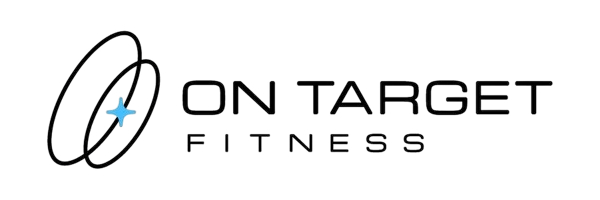Oh boy have I stepped in it with this topic. First, I will be killing a couple sacred cows of the last ten years of fitness. I will also be *very carefully* talking about some hormone stuff. When helping people to get strong, lose weight, and have more energy, hormones definitely play a role. They are worth discussing. That said, I am a personal trainer, so I plan on keeping it as close to my scope of practice as I can.
10-15 years ago, High Intensity Interval Training hit the scene with a big splash. Besides the physiological benefits, the intervals are honestly a lot more fun than going steady state on a cardio machine or long run. The boot camp circuit style HIIT workouts that came on the scene beat the pants off of doing a circuit on a bunch of boring weight machines.
However, since these workouts first became popular, we’ve learned more about their effects. There appears to be mounting evidence that HIIT or HIIT style training can cause a chronic increase in cortisol. Cortisol is commonly known as the stress hormone. It’s associated with poor sleep, belly fat, and stress/anxiety.
Cortisol isn’t inherently bad unless we get too much of it, too often. Cortisol is meant to be part of a short term fight/flight response. Too much stress, in all of its forms, causes our cortisol to release constantly. It’s like running the car redlined all the time.
So is HIIT totally undermining your attempts to get in shape? Is it making the stress of your crazy life worse? Allow me to split some hairs.
What do we mean by HIIT? Part of the confusion is that there are a lot of very different styles of training that get called HIIT because the term got so catchy. Without getting too granular, I think there are two kinds of HIIT worth distinguishing between.
Low volume HIIT is what I would say fits the actual definition of the modality. The work intervals are performed at maximal intensity, and the rest intervals are sufficient to perform the next work interval at max or near max intensity. This work/rest interval pattern can’t last more than about 10 minutes. By definition, maximal effort can’t be done for a long period of time.
Then there is what I call high volume “HIIT”. This is usually what you see on the apps, on the spin bikes, and in boot camp circuit style classes. First, the workout is often longer, because most people would feel short changed if it was only 5-10 minutes. Second, the “max effort” is usually more like medium effort while tired. You just can’t do max effort for 60 minutes. Even if you could, the recovery period in these settings is usually too short to actually recover enough for repeated max effort bouts. Can you really do max effort for 45 seconds and then fully recover in 15 seconds? So while it feels like you’re working as hard as you can, you’re actually doing medium intensity effort while tired, for a much longer period of time. These exhausted reps are usually of a poor quality as well.
Neither low volume or high volume HIIT training are bad. It all beats sitting on the couch. I would argue that a short bout of actual HIIT will elicit a better training response, with less time, and have a lower chance of having a counter productive cortisol response. The longer, high volume, medium effort while tired experience of HIIT style training may be more likely to have a negative cortisol response, as well as less effective positive training response. Again, medium effort while tired isn’t the same thing as max effort. Your body will know the difference and respond accordingly.
I haven’t yet covered a major piece of this puzzle though. The real question is WHO tends to get this negative response to HIIT style training? If you are young, care free, and experience very little life stress, you can do as much HIIT style stuff as you want. Go everyday. You’ll recover quickly and are not likely to have a negative reaction. There are still smarter ways of training, especially for strength, but it will work okay.
But what about if you are over 40, super busy, stressed, struggling to get everything done in the day, struggling with your weight, struggling with sleep, and struggling with daily energy? In short, let’s just say you’re stressed. Since your body is already chronically keyed up, in fight or flight mode, you are far more predisposed to having a negative response to high volume HIIT style training.
Conclusion: Young, low stress people can get away with high volume, high wear and tear training. If you’re over 40, and are highly stressed, you should avoid the high volume stuff but 3-5 minutes of max effort, low volume HIIT, 1-3 times per week is perfect. This is exactly how we structure the finishers at the end of our personal training sessions.
When you’re ready to talk with a personal trainer about your goals, fill out the form at the top or bottom of this page and I will take care of the rest : )
Our first location serves Portsmouth, Kittery, and the broader Seacoast community. Our new location serves Kingston and the broader southern New Hampshire community. We help people strength train, walk daily, and eat real food.



